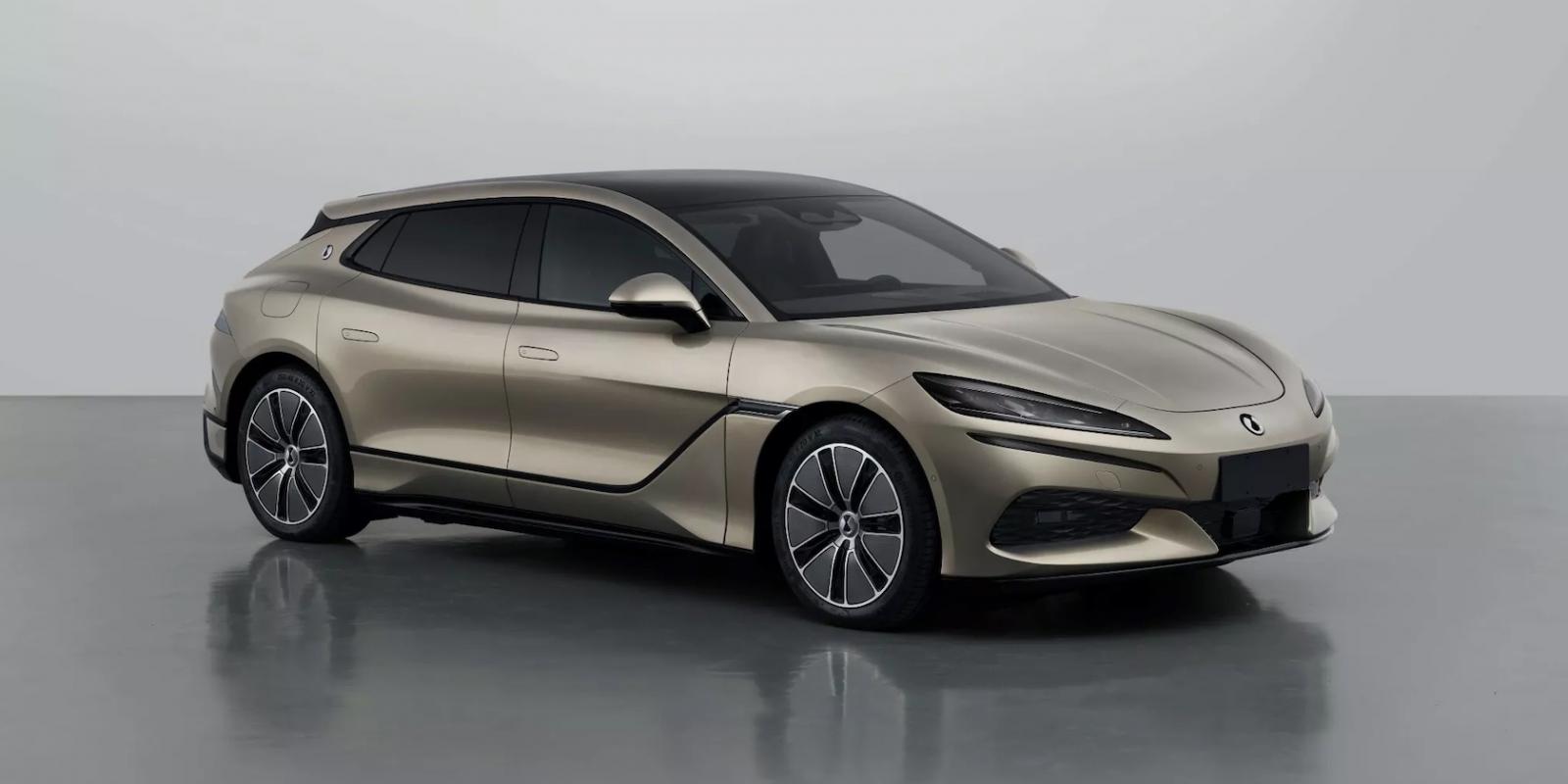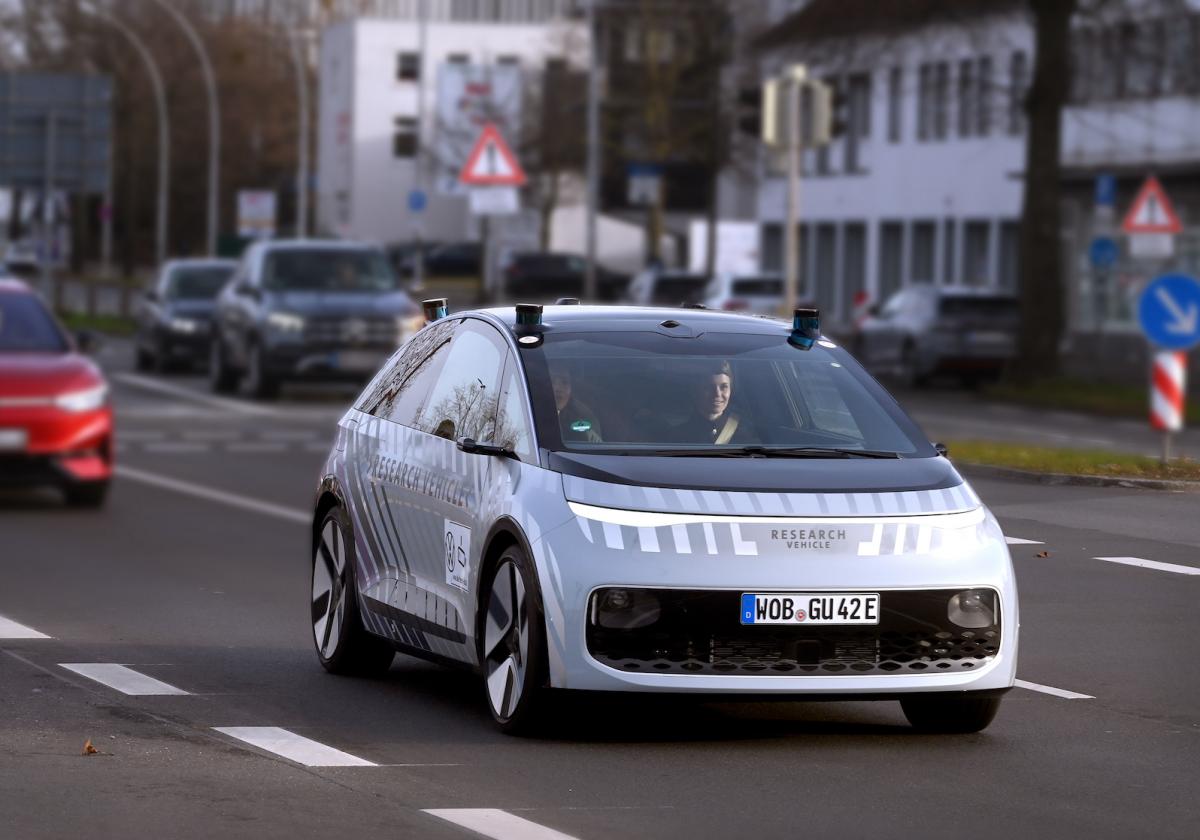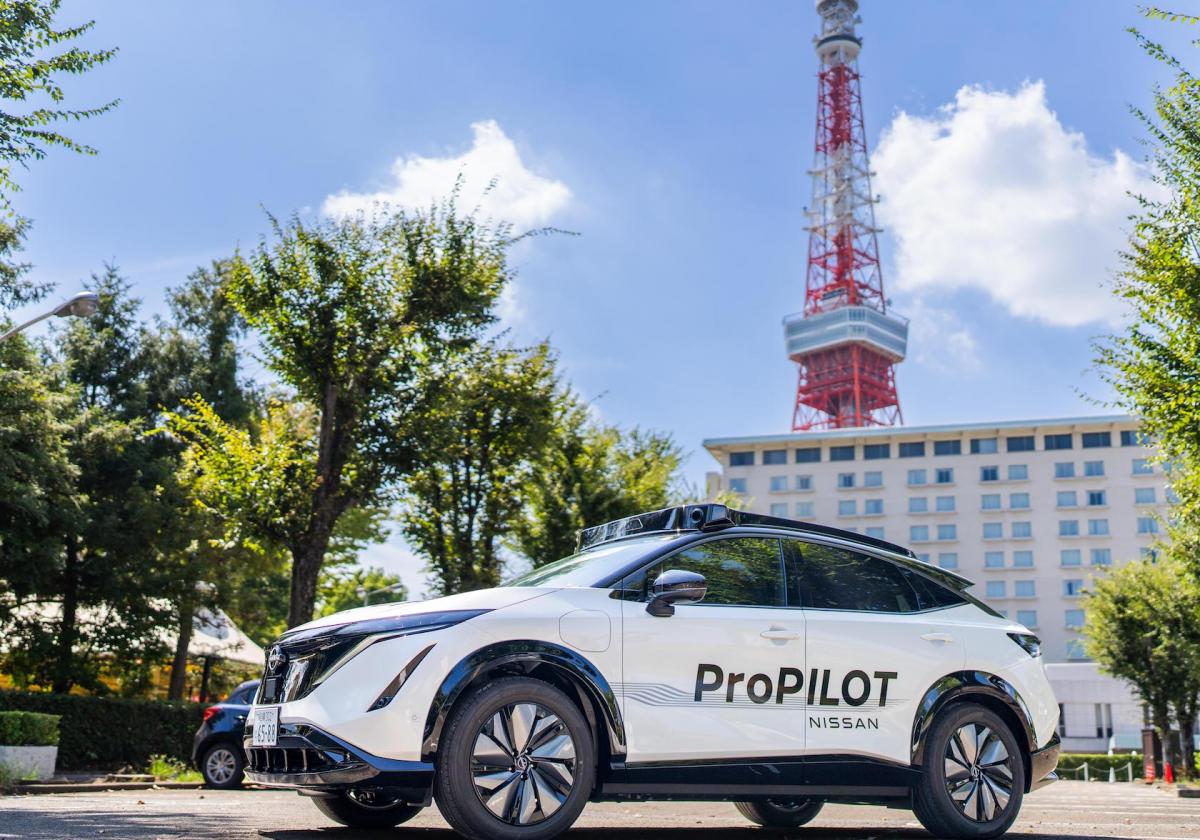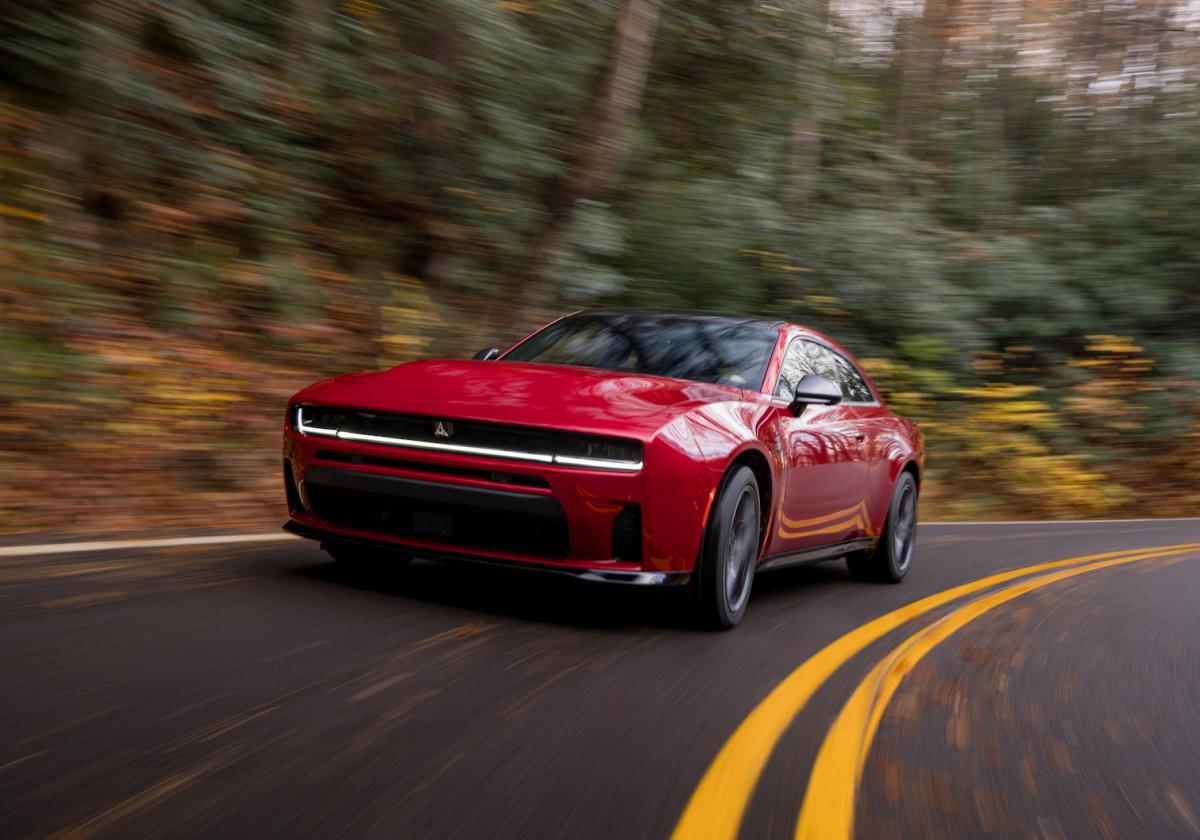Denza may not be a name familiar with many readers, but over the next several years, it looks like the Chinese brand could take on Europe and beyond with cars like its new Z9GT.
Specializing in luxury electric vehicles, Denza is a sub-brand of BYD that has a joint venture with Mercedes-Benz. Up until now, Denza’s lineup includes the D9, a luxury-focused MPV that could well springboard the brand’s push beyond China, and the N7, a mid-sized SUV.
But the Z9GT that we will examine here, is a significant step in design and execution for Denza. Under the direction of Walter Egger, head of BYD’s group design, the Z9GT combines a fastback silhouette that resembles the Porsche Taycan Sport Turismo with a strong front end and prominent rear haunches. According to BYD, the design combines simple “Bauhaus philosophy” with “subtle yet revealing” Far-Eastern influences. This model undoubtedly has more international appeal than the other two cars in the manufacturer’s lineup.
With its length of 5,180mm and width of 1,990mm, the automobile is narrower than the most recent Porsche Panamera but overall somewhat larger than the Taycan Sport Turismo. However, compared to both of those vehicles, the Z9GT has a much longer wheelbase, which could result in more inside room.
The Z9GT has an LFP-chemistry pack that is 100kWh in size and utilises BYD’s “blade” battery technology in addition to using the same e-Platform 3.0 as the Seal. Denza states that the Z9GT has a 391-mile range, although it is only when using the more forgiving CLTC testing protocol. The Z9GT will come in a number of variants, but the most potent will have a tri-motor drivetrain with two 321-hp motors in the back and one 308-hp electric motor up front for a total output of about 1,000 horsepower. Denza also claims the Z9GT will jump from zero to 100km/h time of three seconds, which is supercar fast.
With its rear-wheel independent steering, the Z9GT can also “crab walk.” This feature not only allows the Z9GT to drive sideways (if challenged by confined parking spaces), but it also allows a tiny turning circle of 4.2 meters. One of BYD’s other sub-brands, Yangwang, has already used this technology in its U8 off-road vehicle. According to Denza, the Z9GT can be adjusted for ride height by up to 50mm, which makes it appropriate for “racetracks and mountain roads.”
Inside, two screens, one for the driver and one for the passenger, flank the large central touchscreen on the dashboard. On the central console are two smartphone chargers, and above that is a dual panoramic roof. There are also two refrigerators—one for the front passengers and one for the back—and the front seats have “zero-gravity” technology that lays them nearly flat.
It’s highly likely that Denza will be the second BYD brand to land in European showrooms with a few years and then enter Southeast Asian markets soon after. The company’s EVP Stella Li has revealed that BYD intends to rebrand its Fangchengbao models as Denzas for the European market, expanding the lineup to include large plug-in hybrid SUVs with an off-road focus in addition to models like the Z9GT. The Z9GT is priced at 339,800 Chinese yuan in China, or roughly €42,600, but when it makes it’s way to Europe, expect to pay much more than this.
CARLIST THOUGHTS
Looking nearly as sharp as a Porsche and packing 1000 hp, when the Z9GT finally arrives in Europe and other international markets within a few years, it will no doubt boast a price tag that significantly undercuts a Taycan Sport Turismo. We just have to wait and see what European governments, and indeed the U.S. Administration will do regarding import tariffs and taxes to see whether these cars will be successful overseas.







